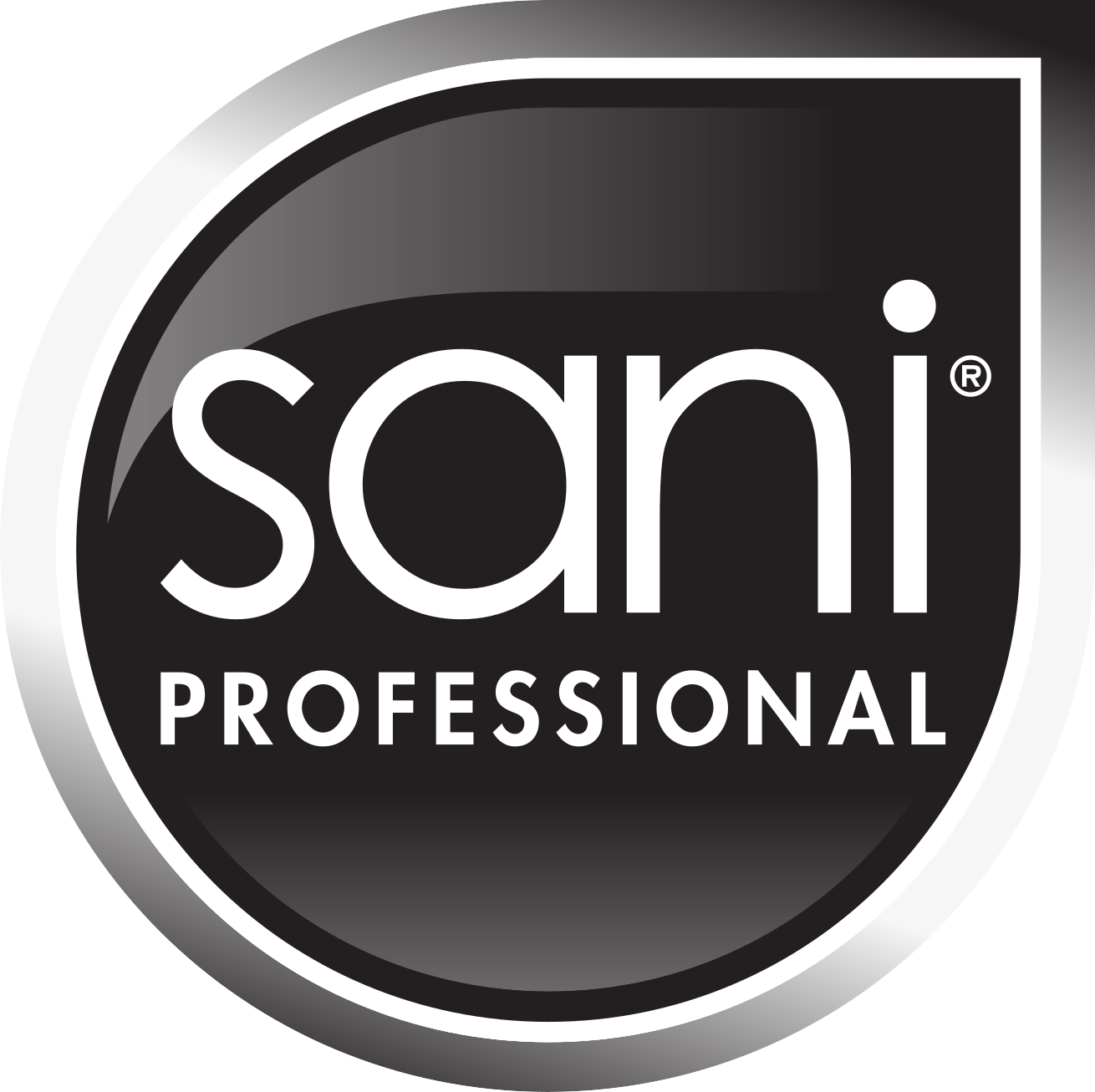Understanding the differences: Cleaning v Sanitising v Disinfecting Wipes

In the professional setting, where infection prevention is crucial, it can be confusing to differentiate between cleaning, sanitising, and disinfecting wipes. While these terms are often used interchangeably, they actually represent different types of products. In this blog, we’ll take a closer inspection at the distinctions between these products, with a focus on the hospitality and catering industry.
In today’s world, it is more important now than ever to understand how to properly protect yourself, your staff and customers from infection. However, there tends to be confusion regarding which cleaning methods are suitable for different situations. The terms cleaning, sanitising and disinfecting are often used interchangeably, but it’s important to recognise that each method has distinct differences and purposes.
| Cleaning | Sanitising | Disinfecting |
| The process of removing visible dirt, dust and soils from surfaces. | Reduces the amount of bacteria on a surface. Not all sanitisers kill or destroy viruses from the surface. | Kills/inactivates both bacteria and viruses using chemicals. |
What are cleaning wipes?
Cleaning wipes are not designed to kill the bacteria and germs on the surface; instead, they reduce the amount that there are on the surface to help reduce the risk of infections.
A cleaning (or detergent) wipe is impregnated with soap or a detergent because pure water cannot remove oily and organic soiling from a surface.[1]
The wipes are a standard non-woven or plastic free as a sustainable alternative and will typically be textured or embossed. This texture allows the wipe to collect dirt instead of just pushing it around on the surface.
What are disinfectant wipes?
A disinfectant wipe has been tested and proven to kill pathogens such as bacteria and viruses on hard, non-porous surfaces.
Wipes that are classed as disinfection wipes contain an active ingredient, such as a quaternary ammonium compound or alcohol-based formulation that is effective against microorganisms.
As these wipes contain a potent active ingredient, they are not suitable for skin use or in a food-based environment. Interestingly, these wipes are designed to extract their liquid rather than retain it, so the solution can be on the surface for its required contact time to inactivate the microorganisms.
However, it’s important to note that using a disinfecting wipe alone is not effective unless visible dirt, grime, and food residue are first removed. For optimal efficiency, it’s recommended to use a cleaning wipe for this purpose.
What are sanitising wipes?
A sanitising wipe is designed to reduce the number of germs and kill microorganisms on surfaces. Sanitisation is the process of removing as much contamination from the surface or environment. It could be achieved by either cleaning, disinfecting, or both.
These wipes sometimes include a surfactant (detergent) that removes light dirt and grease, making a sanitising wipe a multi-purpose cleaning and disinfectant.
Sanitisers are often used on food contact surfaces because they contain less harsh chemicals compared to disinfectants. Make sure to always check the label to verify that the product you are using is in fact food safe if you are using it in a kitchen or food prep area.
The Food Standards Agency (FSA) recommends that food businesses use a disposable single-use cloth when cleaning to limit the risk of cross-contamination.[2]
The key differences
Surface disinfectant products undergo more rigorous testing and must meet higher effectiveness standards compared to surface sanitising products.[3] The main distinction between disinfectants and sanitisers lies in their active ingredients.
The active ingredient is the ‘backbone’ of the formulation. Most disinfection products have a formulation based on a Quaternary Ammonium Compound, also known as ‘quats’. However, quats can leave a harmful residue on the surfaces, making them unsuitable for food prep areas.
In the food industry, various regulations, such as Regulation (EC) No 396/2005, govern disinfectants, setting maximum residue levels and prohibiting the use of quat-based formulations in food-safe wipes.[4] Consequently, a quat-free formulation is necessary to ensure the safety of wipes used in the food industry.
Sustainable alternatives
Lactic acid, a 100% plant-based compound, presents a sustainable alternative to quaternary ammonium compounds. Lactic acid has been proven to effectively kill bacteria and viruses, comparable to traditional disinfecting products. A 2015 study evaluated lactic acid’s antimicrobial mechanism and efficacy according to the European Standard for the evaluation of bactericidal efficacy (EN 1276). [5] The study concluded that lactic acid is a safe, biobased, and biodegradable option for antimicrobial products, providing a food-safe alternative for manufacturers.
What to look for on a label
Although wipes may appear similar and claim similar benefits, it is essential to examine the product labels and consider the specific details of each product. Factors to consider include the active ingredients, contact time, whether the wipe is single-purpose or dual-purpose, and whether it is safe to use around food and skin (dermatologically tested).
If you would like to discover our cleaning and sanitising range for hospitality and catering services, please contact us at contact@pdi-emea.com or visit: Sani Professional – PDI International % (elcap-dev.co.uk)
[1] Understanding How Detergents Actually Work (thoughtco.com)
[2] SAFE METHOD: CLOTHS (food.gov.uk)
[3] https://www.epa.gov/coronavirus/whats-difference-between-products-disinfect-sanitize-and-clean-surfaces#:~:text=Sanitizing%20kills%20bacteria%20on%20surfaces,EPA%20registers%20products%20that%20sanitize.&text=Disinfecting%20kills%20viruses%20and%20bacteria%20on%20surfaces%20using%20chemicals.
[4] Regulation (EC) No 396/2005 of the European Parliament and of the Council of 23 February 2005 on maximum residue levels of pesticides in or on food and feed of plant and animal origin and amending Council Directive 91/414/EEC (Text with EEA relevance) (legislation.gov.uk)
[5] corbion_a_safe_antimicrobial_for_hpc_applications_eng_434618.pdf – page 2
Latest News
View AllPDI International celebrates its fourth Be the Difference® Day
PDI International Showcases Award-Winning Layered Approach to Tackle HAIs at Infection Prevention & Control Conference
